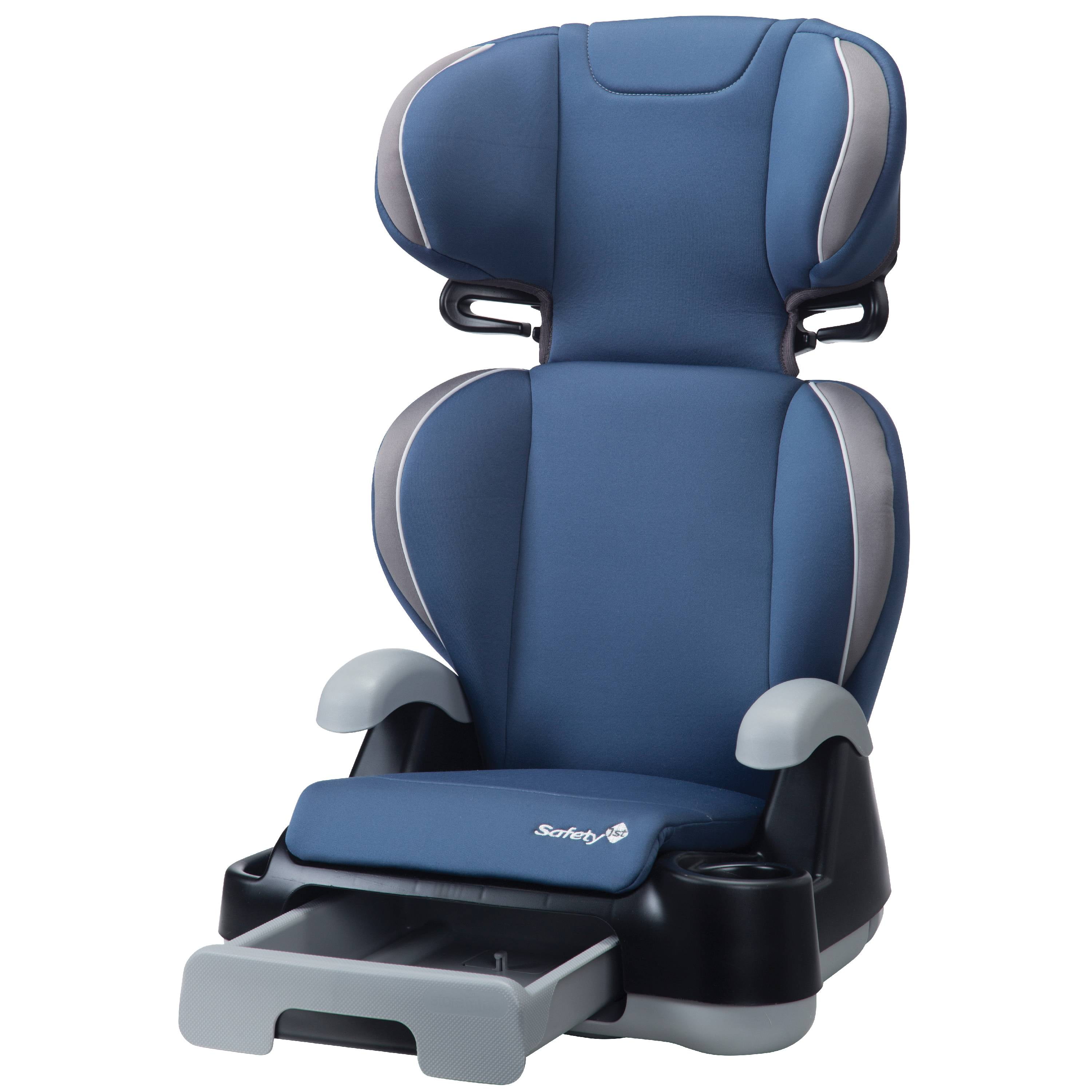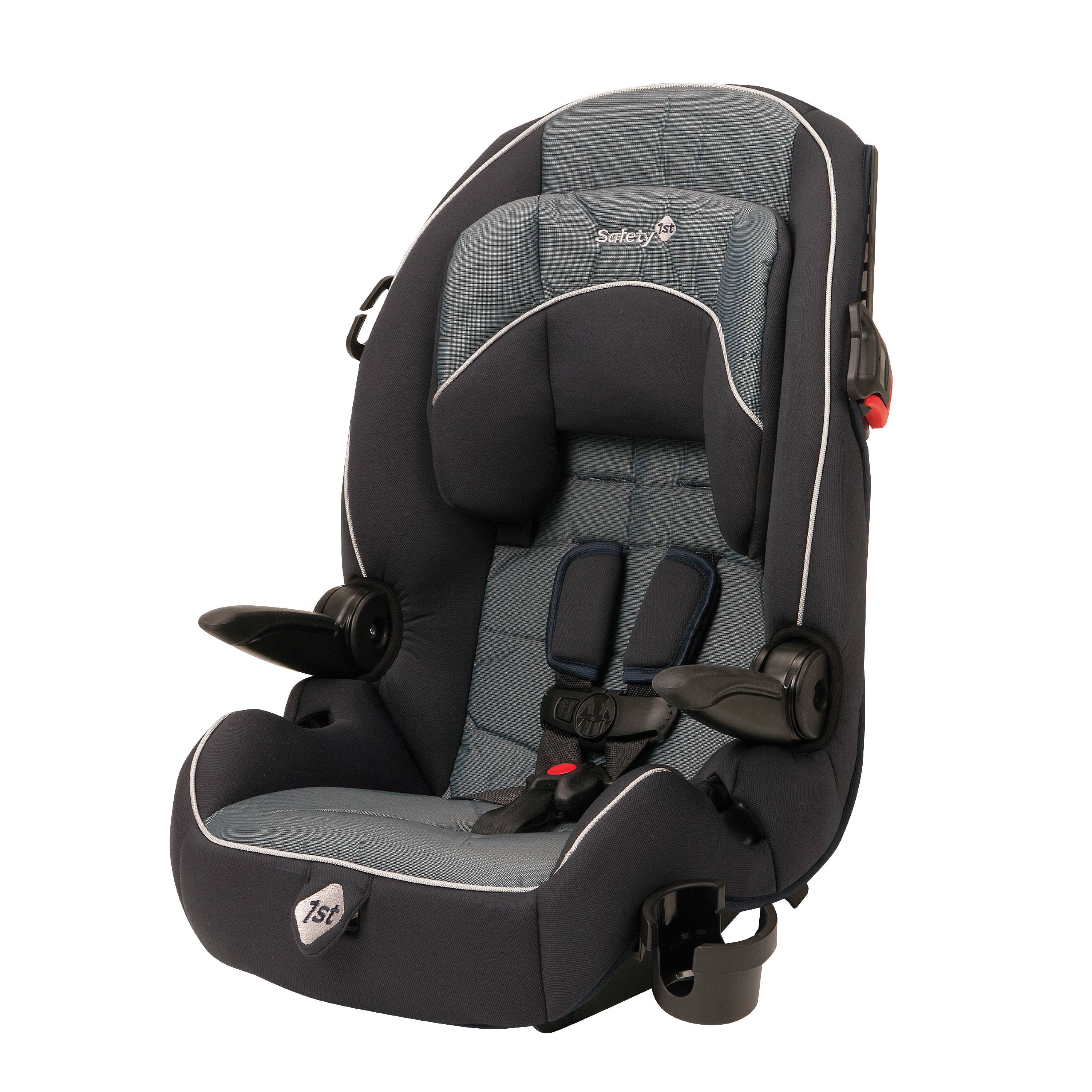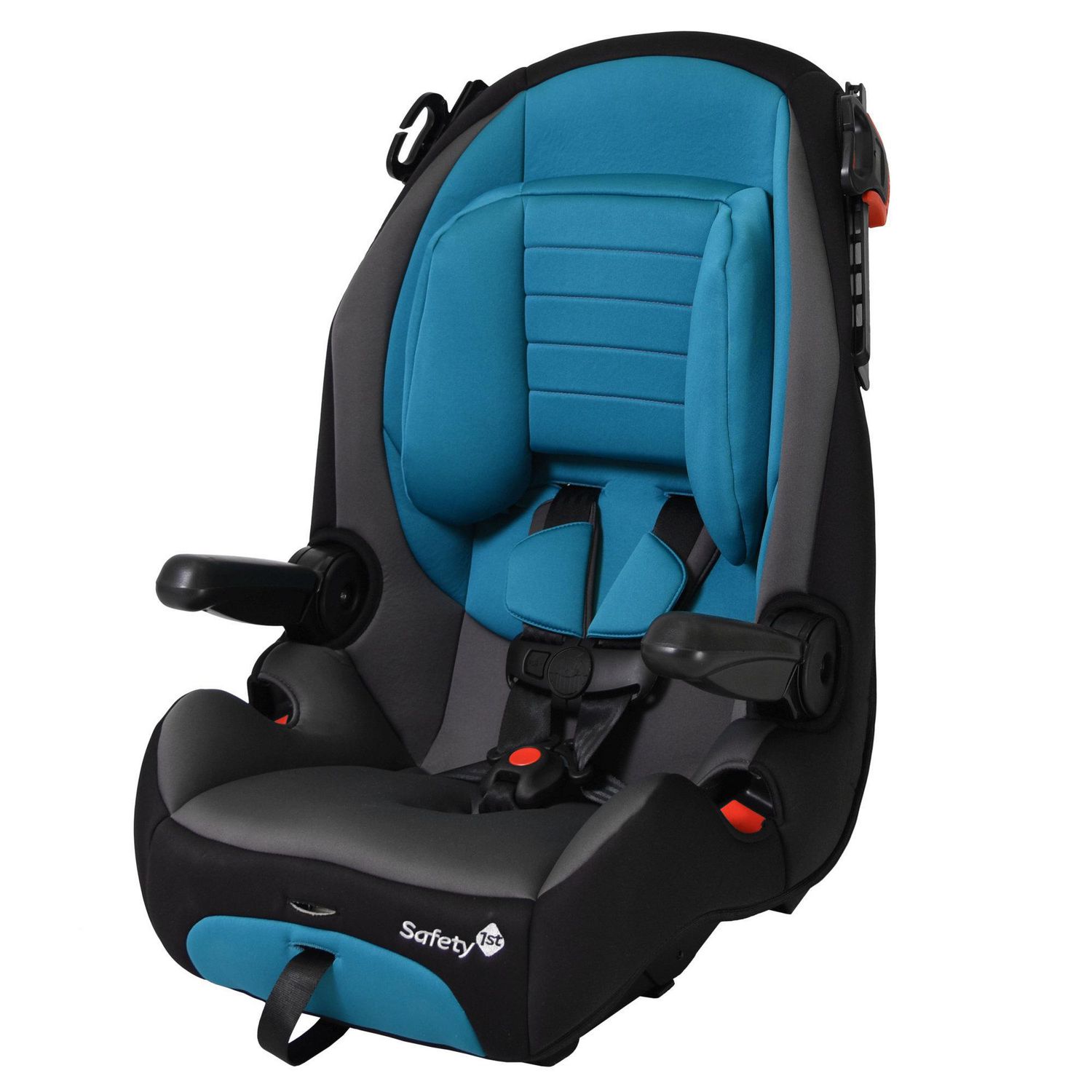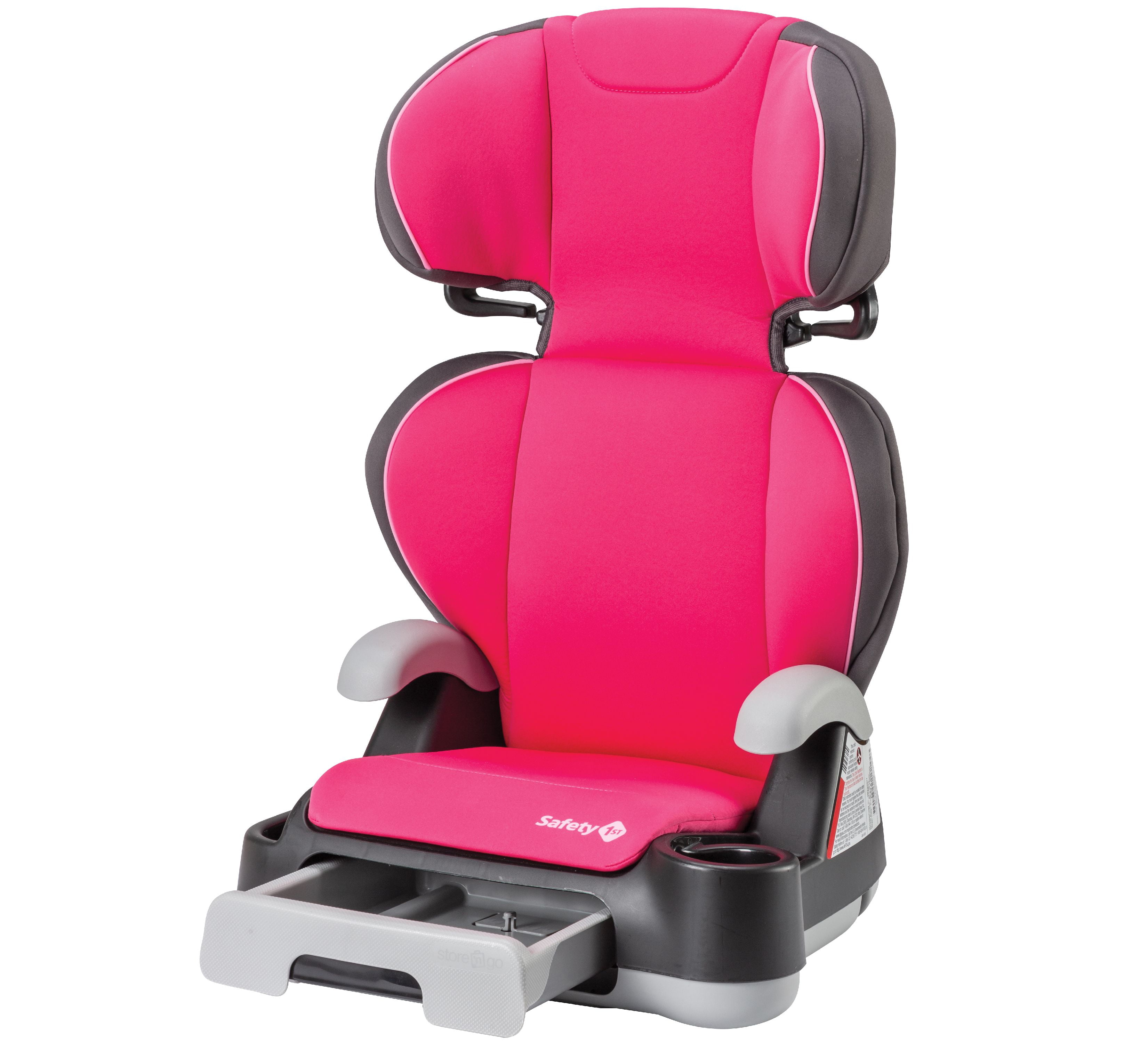Introduction to Safety First Chair Booster Seats

A Safety First chair booster seat is a crucial safety device that elevates children to a suitable height in a vehicle, allowing them to properly use the vehicle’s seat belt. This ensures their safety and protection in the event of an accident.
The importance of using a booster seat for children cannot be overstated. Children under 4’9″ or who have not reached the minimum weight requirement for their age group, as specified by their car seat manufacturer, are not tall enough to use the adult seat belt effectively. The lap belt can ride up on their abdomen, and the shoulder belt can cross their neck or face, leading to serious injuries in a crash. Booster seats help to position the lap belt low and across the hips, and the shoulder belt across the shoulder and chest, ensuring the proper fit and protection.
Types of Safety First Chair Booster Seats
Booster seats come in a variety of styles and designs, each offering unique features and benefits. Here are some common types:
- High-back booster seats provide full back support and head protection for children. They are ideal for younger children who still need extra support.
- Backless booster seats are designed for older children who have outgrown the need for full back support. They offer a more comfortable and less bulky option.
- Combination booster seats can be used as both a high-back and backless booster, offering versatility as a child grows.
- Portable booster seats are lightweight and easy to carry, making them perfect for travel or when using a different car.
Proper Installation and Use of Safety First Chair Booster Seats

Proper installation and use of a Safety First chair booster seat are crucial for ensuring your child’s safety while riding in a car. This section will guide you through the correct procedures and provide essential tips for maximizing safety.
Installing the Safety First Chair Booster Seat
- Choose the appropriate seat: The first step is selecting a Safety First chair booster seat that meets your child’s height and weight requirements. Refer to the manufacturer’s instructions for specific guidelines.
- Read the instructions: Before installing the booster seat, carefully read the manufacturer’s instructions. These instructions will provide detailed information on the specific model you have purchased and its compatibility with your vehicle.
- Secure the booster seat: Install the booster seat using either the vehicle’s seat belt or the LATCH system, depending on the booster seat’s design and your vehicle’s capabilities. Ensure the booster seat is tightly secured and does not move when you pull on it.
Securing a Child in a Safety First Chair Booster Seat
- Position the child correctly: The child should sit upright with their back against the booster seat’s backrest. Their feet should touch the floor, and the vehicle’s seat belt should fit snugly across their shoulders and hips.
- Adjust the seat belt: The lap belt should be positioned low and snug across the child’s hips, while the shoulder belt should pass over their shoulder and across their chest. Ensure the seat belt is not twisted or loose.
- Check for proper fit: After securing the child in the booster seat, check that the seat belt fits correctly and is not uncomfortable or restrictive. The child should be able to move their arms and legs freely, but the seat belt should remain secure.
Tips for Using a Safety First Chair Booster Seat Safely and Effectively
- Follow the manufacturer’s instructions: Always adhere to the manufacturer’s guidelines for installing and using the booster seat. These instructions are designed to ensure the seat is used safely and effectively.
- Choose the appropriate seat: Select a booster seat that meets your child’s height and weight requirements. Using a booster seat too early or too late can compromise safety.
- Avoid distractions: When driving with a child in a booster seat, avoid distractions such as using a mobile phone or eating while driving. Focus on the road and ensure your child’s safety.
- Regularly inspect the booster seat: Check the booster seat for any signs of damage or wear and tear. Replace the seat if it shows any signs of damage or if it has been in a car accident.
Safety Tips and Precautions: Safety First Chair Booster Seat

Using a safety first chair booster seat correctly and responsibly is crucial for your child’s safety. While these seats are designed to provide added protection, it’s essential to follow specific guidelines and precautions to ensure their effectiveness.
Common Mistakes to Avoid
It’s important to be aware of common mistakes that can compromise the safety of a safety first chair booster seat. These mistakes can be easily avoided by following the manufacturer’s instructions and practicing safe usage habits.
- Using a booster seat for a child who is too young or too small: Booster seats are designed for children who have outgrown forward-facing car seats but are not yet tall enough to use the adult seat belt correctly. It’s essential to refer to the manufacturer’s weight and height guidelines to ensure your child meets the minimum requirements for using a booster seat.
- Incorrect installation: Incorrect installation can render the booster seat ineffective and put your child at risk. Always refer to the manufacturer’s instructions for proper installation.
- Improper positioning of the seat belt: The seat belt should fit snugly across your child’s lap and shoulder, with the lap belt positioned low across their hips and the shoulder belt positioned across their chest.
- Using a booster seat in a vehicle that doesn’t have a lap and shoulder belt system: Booster seats are designed for vehicles with lap and shoulder belt systems.
- Using a booster seat in a vehicle with a front passenger airbag that is not deactivated: If your vehicle has a front passenger airbag, it should be deactivated when using a booster seat in the front passenger seat.
Importance of Regular Inspection and Maintenance
Regular inspection and maintenance of your safety first chair booster seat are crucial for ensuring its continued effectiveness and safety.
- Inspect the seat for any damage or wear and tear: Look for cracks, tears, or missing parts. If you find any damage, replace the booster seat immediately.
- Check the straps for fraying or damage: Make sure the straps are securely attached to the seat and that there are no signs of wear or tear.
- Clean the seat regularly: Clean the seat with a mild soap and water solution.
Alternatives to Safety First Chair Booster Seats

While Safety First chair booster seats are a popular option for children who have outgrown a standard car seat but are not yet ready for a seat belt alone, there are other car seat options available. These alternatives may offer different benefits and drawbacks depending on your child’s specific needs and preferences.
Comparison of Car Seat Options
Here is a table comparing different car seat options, including their features, price, and suitability for different ages and sizes:
| Car Seat Type | Features | Price Range | Suitable Age/Size |
|---|---|---|---|
| Booster Seat | Raises the child to allow the seat belt to fit properly. | $20 – $100 | 40-80 lbs, 4’9″ or taller |
| High-Back Booster Seat | Provides additional back support and head protection. | $50 – $150 | 40-100 lbs, 4’9″ or taller |
| Combination Car Seat | Converts from a forward-facing car seat to a booster seat. | $150 – $300 | 5-40 lbs, up to 49″ tall |
| All-in-One Car Seat | Converts from a rear-facing car seat to a forward-facing car seat, and then to a booster seat. | $200 – $400 | 5-100 lbs, up to 49″ tall |
Benefits and Drawbacks of Booster Seats
Booster seats offer several advantages, including:
- Improved Seat Belt Fit: Booster seats raise the child to ensure the seat belt fits properly across the hips and shoulder, providing optimal protection in a crash.
- Increased Visibility: A booster seat allows the child to see out the window better, which can reduce boredom and make car rides more enjoyable.
- Ease of Use: Booster seats are generally easy to install and use, making them a convenient option for parents.
However, booster seats also have some drawbacks:
- Limited Protection: Booster seats do not provide the same level of protection as a standard car seat, as they do not have a harness to secure the child.
- Risk of Improper Installation: If a booster seat is not installed correctly, it may not provide adequate protection in a crash.
- Limited Comfort: Some children may find booster seats uncomfortable, especially for long car rides.
Benefits and Drawbacks of Other Car Seat Options
Other car seat options, such as high-back booster seats, combination car seats, and all-in-one car seats, offer different benefits and drawbacks:
- High-Back Booster Seats: These seats provide additional back support and head protection, making them a good option for children who are still growing and developing. However, they can be bulky and difficult to install.
- Combination Car Seats: These seats convert from a forward-facing car seat to a booster seat, making them a cost-effective option for families. However, they may not be as versatile as all-in-one car seats.
- All-in-One Car Seats: These seats convert from a rear-facing car seat to a forward-facing car seat, and then to a booster seat, making them a convenient option for families with multiple children. However, they can be expensive and bulky.
While a safety first chair booster seat prioritizes the secure and comfortable transportation of young children, the NFL Ventura Seat Portable Recliner Chair nfl ventura seat portable recliner chair offers a different kind of comfort, designed for adults seeking relaxation and optimal viewing during sporting events.
Both products highlight the importance of comfort and safety, albeit in vastly different contexts.
While a Safety First chair booster seat prioritizes the safe elevation of children during mealtimes, a different kind of support is offered by the guardian padded drop arm commode seat chair g98204. This chair, designed for individuals with mobility limitations, provides comfort and stability, allowing them to participate in daily activities with greater ease.
Both products, in their own way, highlight the importance of individualized support and safety in different stages of life.
